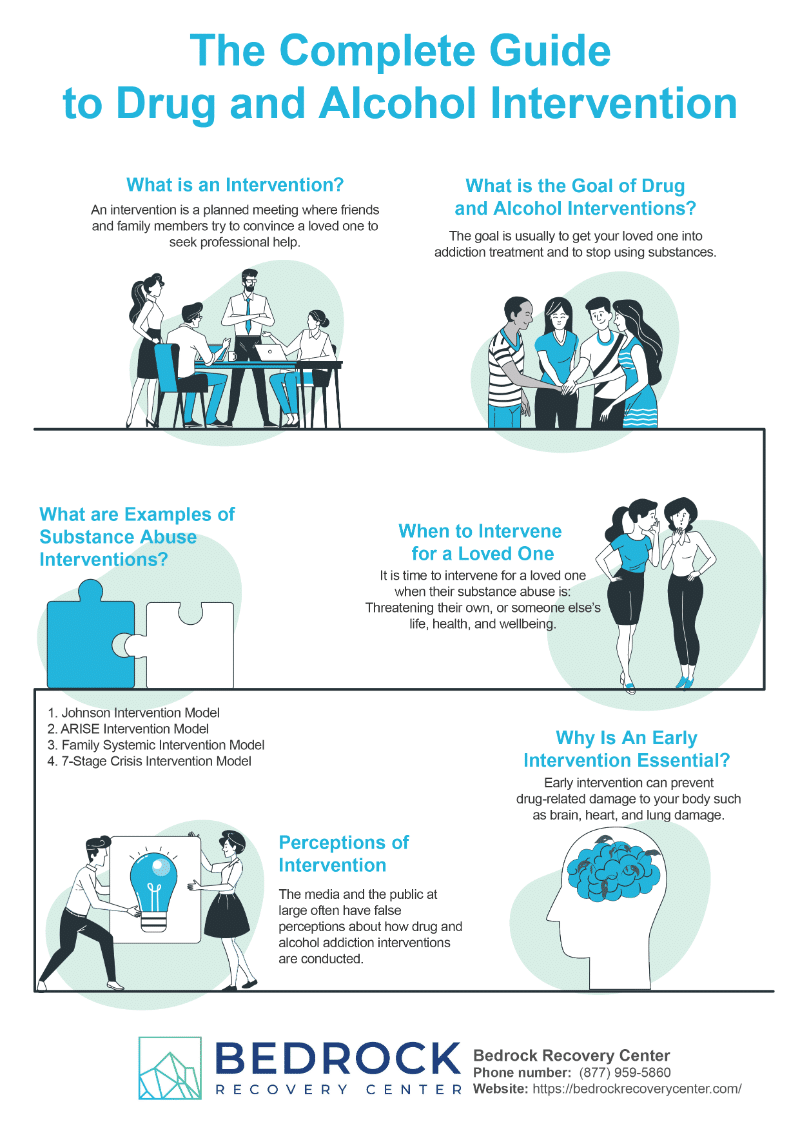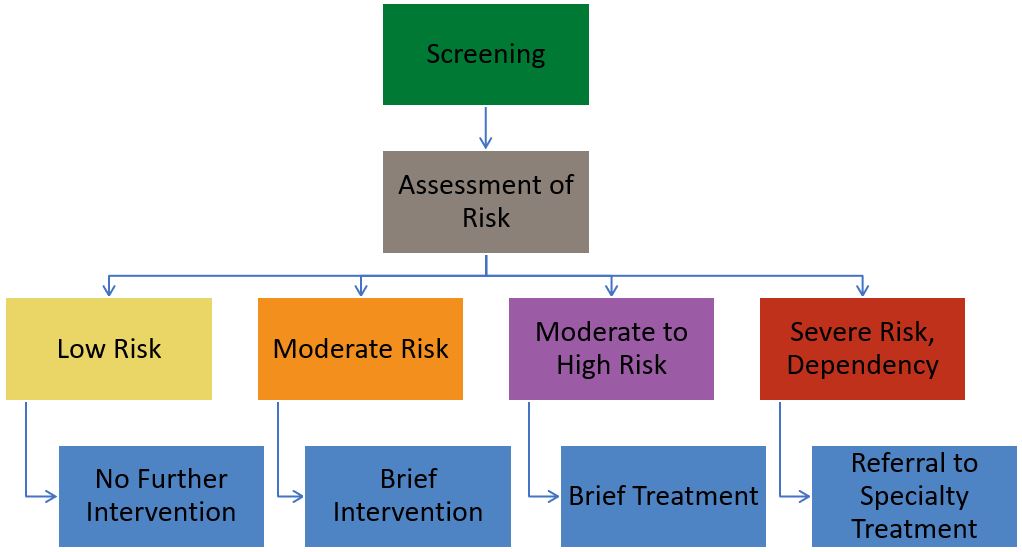9 Simple Techniques For Alcohol Intervention
Table of ContentsThe smart Trick of Alcohol Intervention That Nobody is Talking About4 Simple Techniques For Alcohol InterventionThe Best Strategy To Use For Alcohol Intervention
An interventionist helps you figure out appropriate repercussions for refusals to seek further care. An intervention is still an opportunity for recovery. The Mayo Center describes, "Even if an intervention does not work, you and others involved in your loved one's life can make changes that might help. Ask other individuals included to avoid allowing the devastating cycle of habits and take active actions to encourage positive modification." Your enjoyed one may not immediately accept treatment.
http://www. health.harvard. edu/mind-and-mood/the _ addicted_brain. "The Addicted Brain." Harvard Health Publications. Jun 2009. Web. 8 Dec 2016. https://www. ncadd.org/family-friends/there-is-help/intervention-tips-and-guidelines. "Intervention: Tips and Standards." National Council on Alcoholism and Substance Abuse. 25 Jul 2015. Web. 8 Dec 2016. http://www. mayoclinic.org/diseases-conditions/mental-illness/in-depth/intervention/art-20047451. "Intervention: Assist a Family Member Conquer Dependency." Mayo Center. 26 Sep 2014. Web.
An expert intervention provides outside assistance from somebody who is not emotionally included with the issue and has an outside viewpoint. Employing a certified and skilled intervention expert permits loved ones to have the comfort that comes with understanding their liked one is in safe, qualified hands.
The Single Strategy To Use For Alcohol Intervention
As a granted interventionist, he has made more than 50 looks as a highlighted professional on the Dr. Phil talk program. For more information or book an intervention, call 210-291-0278.
High-risk alcohol usage patterns, such as binge drinking and drinking before driving, and underage drinking may be connected to traffic crashes and violent assaults in community settings - alcohol intervention. To determine the result of community-based environmental interventions in reducing the rate of high-risk drinking and alcohol-related motor automobile injuries and attacks. A longitudinal numerous time series of 3 matched intervention communities (northern California, southern California, and South Carolina) carried out from April 1992 to December 1996.
Activate the community; encourage accountable drink service; minimize underage drinking by restricting access to alcohol; boost regional enforcement of drinking and driving laws; and limit access to alcohol by using zoning. Self-reported alcohol intake and driving after drinking; rates of alcohol-related crashes and attack injuries observed in emergency departments and confessed to medical facilities.
37 to 1. alcohol intervention. 29 beverages. Self-reported rate of "having had excessive to drink" declined 49% from 0. 43 to 0. 22 times per 6-month period. Self-reported driving when "over the legal limitation" was 51% lower (0. 77 vs 0. 38 times) per 6-month duration in the intervention communities relative to the comparison neighborhoods.
Unknown Facts About Alcohol Intervention
Assault injuries observed in emergency situation departments decreased by go to the website 43% in the intervention communities vs the contrast communities, and all hospitalized attack injuries decreased by 2%. A coordinated, comprehensive, community-based intervention can minimize high-risk alcohol intake and alcohol-related injuries resulting from automobile crashes and assaults. Alcohol intoxication increases the threat of injury arising from automobile crashes look at this website and violent assaults.
Previous examinations of community-based programs to avoid alcohol-related injuries have focused specifically on fatal motor lorry crashes or unique populations, such as youth.,6 We report an examination of a comprehensive, community-based environmental intervention to reduce rates of alcohol-related injuries resulting from automobile crashes and attacks. A 5-year community alcohol trauma avoidance trial was carried out from 1992 through 1996 to identify the impact of ecological prevention methods on alcohol-related injury in 3 intervention communities.
